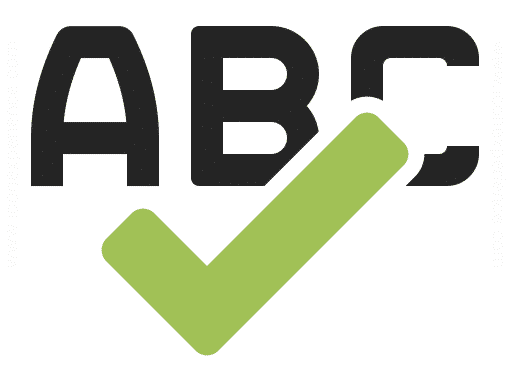October 12, 2021
Spellcheck in WordPress
October 12, 2021

It would be really great to be able to do spellchecking right inside WordPress. Specifically, it would be great to be able to check the entire site in one shot. That would require something working from inside, ie, a plugin.
I looked at a lot of spellchecking plugins, and I didn't find one that was acceptable. It's not that they don't actually work, but every one seems to cause non-fatal errors, and I don't want faulty code running on the site. But I could still use some sort of tool, as this website is cobbled together from a huge mass of forum posts that were not all written with the greatest care.
Finally, I tried a browser extension: Grammarly. Grammarly adds spell checking to any html input field. This adds spellchecking to the WordPress editor. The downside is that it only checks one page at a time, and that page has to be open in the editor. That's not that bad, you'd have to open the page to fix anything anyway.
Grammarly's dictionary is vast. For example, it correctly told me to change deWalt to DeWalt, and that's not even a word! Grammarly not only checks spelling, but also grammar, and it is the first grammar-checker I have seen that is actually useful. Most grammar-checkers are really only useful to non-native speakers, and flag all kinds of things that are not actually wrong. Grammarly is not overly aggressive, and I find that I take about half of its suggestions.
Grammarly is available for Chrome, Opera, Firefox, and probably other browsers that I haven't checked.
Update
I finished checking the spelling and grammar for the whole site. It wasn't too bad. Grammarly works surprisingly well, and a back-end version of my sitemap function let me do the whole job in an efficient and orderly manner. I was always bothered by the mistakes I knew were there.